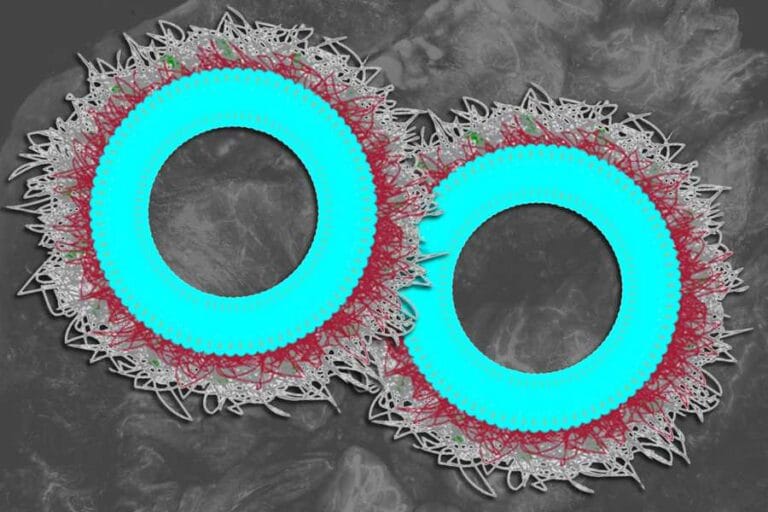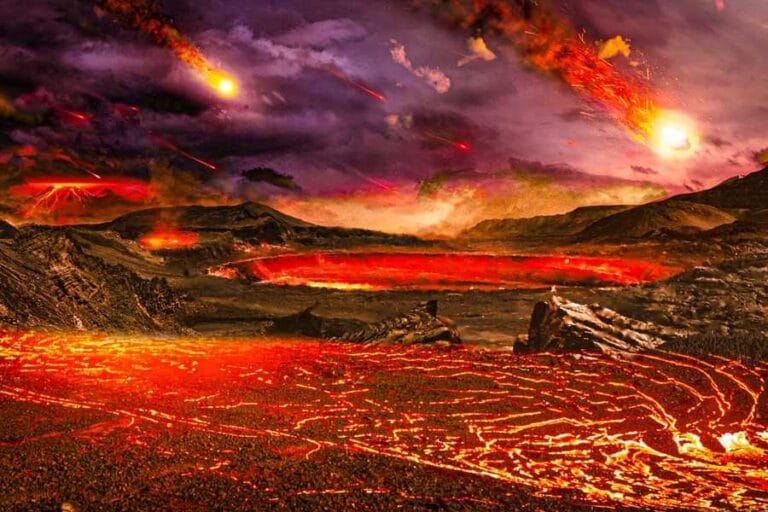Submerged island found off the coast of Brazil

On the floor of the South Atlantic Ocean lies a vast submerged island, a reliquary of a prehistoric era that may hold the key to a treasure trove of rare earth elements and precious minerals such as lithium.
This formation, called the Rio Grande Rise (RGR), is an underwater continental plateau that emerged as a volcanic ridge approximately 40 million years ago, once a lush tropical landmass.
Located some 1,200 kilometers away from the Brazilian coast, the RGR extends over a vast territory of 150,000 square kilometers on the ocean floor, with depths ranging between 650 and 2,000 meters. The theory that this mountain range could have been an island was raised in 2018 and recently confirmed through innovative analyzes of soil samples collected from the western sector of the RGR.
The investigation of the mineralogical, geochemical and magnetic characteristics of these sediments revealed a predominance of red clay, similar to the “red soil” typical of several regions in the state of São Paulo. Among the minerals found, typical of the transformation of volcanic rocks, are oxidized magnetite, hematite, goethite and kaolinite.

Accumulated evidence suggests that the formation of clay is the result of the accentuated chemical weathering of volcanic rocks, a process intensified by the hot and humid climate, combined with the volcanic activity of the time. Studies indicate that the Rio Grande Rise (RGR) was subject to the action of natural elements during the Eocene, a period that extended until approximately 35 million years ago, marked by an environment with tropical characteristics.
“Our research and analysis allowed us to determine that it was in fact an island,” explained co-author Luigi Jovane. “Geologically speaking, we discovered that the clay was formed after the last volcanic activity occurred 45 million years ago. Therefore, the formation dates back to 30 to 40 million years ago. And it must have formed as a result of these tropical conditions.

The submerged island in question is a depository of precious minerals, including cobalt, lithium and nickel, as well as coveted rare earth elements like tellurium. These components are vital to emerging technologies driving the energy transition away from fossil fuels, sparking global interest in exploring the natural resources of the Rio Grande Rise (RGR).
Although situated in international waters and under the jurisdiction of the International Seabed Authority, Brazil is claiming the legal extension of its continental shelf to encompass the RGR. However, this claim faces significant obstacles, since the United Nations Convention on the Law of the Sea (UNCLOS) limits a country’s maritime sovereignty to no more than 200 nautical miles (equivalent to 370.4 km) beyond its coastline.
“To know if resources can be extracted viably from the seabed, we need to analyze the sustainability and impacts of this extraction,” Jovane explained. “When you interfere in an area, you need to know how it will affect animals, fungi and corals, and understand the impact on the cumulative processes involved.
The study was published in the journal Scientific Reports.






